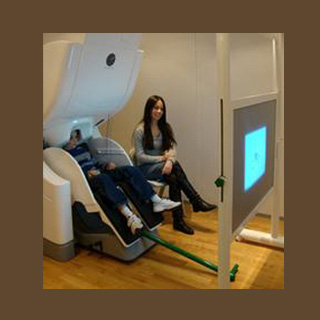
The capability to identify faces is apparently quite significant for interaction and socializing. One ought to have the ability to be familiar with people’s facial features, and also comprehend their emotions, react to where they are looking, and scores of other signs and hints.
Dr Jennifer Swettenham, who is leading the study, commented, “Faces are really very similar in their basic features, but we are very good at recognising different faces instantly. The brain has to be very specialised to be able to do this quickly and accurately. If there’s a problem with the way the brain processes faces then this can have profound impact on people’s ability to understand social situations. There is a lot of evidence to suggest that people with autism spectrum disorder have difficulty with processing faces.â€
Via a technique called magnetoencephalography (MEG), psychologists in the Oxford Autism Research Group may map brain activity in children of diverse ages when they are presented images of different things. The experts supposedly aspire to find out when our brains become specialized to ‘see’ faces. They may also match children with and without autism spectrum disorder (ASD) to observe if the development of these brain responses seems to be affected by ASD.
Magnetoencephalography (MEG) is claimed to be a non-invasive method that applies sensors to document magnetic activity generated by active nerve cells, or neurons, in the brain. Children sit on a chair with their head encircled by the sensors, but they are not in an enclosed space like MRI scans and MEG does not create any noise, contrasting from MRI.
The experts apparently intend to include about 96 children in the study who are aged between 5 and 16, with and without autism spectrum disorder.
